|
On 2 November 1793, Olympe de Gouges was tried, and declared herself to be pregrant. She was examined by a team of two doctors and a midwife who found the signs to be inconclusive (it was too early to tell). She was executed the next day. Where did the examination take place? Either in her cell, which is reputed to have been the same as Marie-Antoinette's second cell, or in the infirmary. Marie-Antoinette was moved from one cell to another when she attempted to escape through a trap door, on her way between her first cell and the women's courtyard. The second cell was isolated from the others. A wall was built to cut it in half and guards were posted in the other half to prevent any further attempted rescue. This was the cell Olympe was taken to, as she had to be kept 'au secret', unable to communicate with anyone who might have taken a letter to her friend Cubiere (who could still have saved her, perhaps). Because this cell was Marie Antoinette's it was preserved. But the rest of that floor was transformed, in part for Louis XVIII to build a chapel in Marie-Antoinette's memory. The infirmary no longer exists, but it was described by one of the inmates of the prison, Le Conte de Beugnot as a long room, 25 by 100 pieds (around 8 by 32 meters), with a vaulted roof, grilles on both sides and illuminated by two narrow windows. Looking through old maps and descriptions tells us very little as to where the infirmary might have been, except that it was supposedly just outside of Marie Antoinette's cell. Still, I decided that I knew the Conciergerie well enough to have a shot at finding traces of the infirmary. For one thing, I knew where there was a narrow window that was close to Marie-Antoinette's second cell. The turett was clearly part of the 19th century building, but it seemed as though the window below it may have existed in a previous incarnation of the first floor. So off I went with my team of investigators - my daughter, who'd already participated in the Revolutionary Paris tour and helped research this post ; my mother, who's often finding information for me, my son, whose first visit to the Conciergie this was, and who was mostly extremely patient, and my nephew, whose excellent detecting skills proved to be invaluable Although the Conciergerie is one of my favourite buildings in Paris and one I know well, I don't think I had noticed until now how much of it was recent. Despite its looming medieval towers, and the large medieval room, most of it dates from the 19th century, and very little remains of the revolutionary period. This may be because a lot of the cells were constructed during the revolution, in a hurry, in order to accommodate the increasing number of prisoners. The first thing we noticed was that the building of the chapel had meant the destruction not only of the floor it was on, but that part of the top floor was also missing. Marie Antoinette's cell itself was clearly marked out as older, with a brick floor, slightly lower than the floor of the chapel. This was where the infirmary supposedly begun. But where did it go? We walked out to the women's courtyard, where women went to walk, and talk, and wash their clothes in the fountain. The turret where I'd seen the narrow window was on the wrong side, i.e. near the Palais de Justice and not apparently connected to the building where Marie Antoinette's Cell was. After some walking around and a fruitless attempt to question a man who worked in the museum (what? he did not know the entire, precise history of the building?!) the children worked out that there must have been another turret, roughly opposite the existing one, and at a place where the infirmary would have passed. We still have but a very vague view of where this place was. But at least we've had a shot at reconstructing it. More importantly, perhaps, we came out with a much stronger understanding of how elusive the past is, even when it is set in stone. The ghosts of the revolution may still walk the corridors of the Conciergerie, but these are not the same corridors that we walk as tourists.
0 Comments
Leave a Reply. |
About
This is where I live blog about my new book project, an intellectual biography of three French Revolutionary women philosophers. Categories
All
Archives
November 2022
|
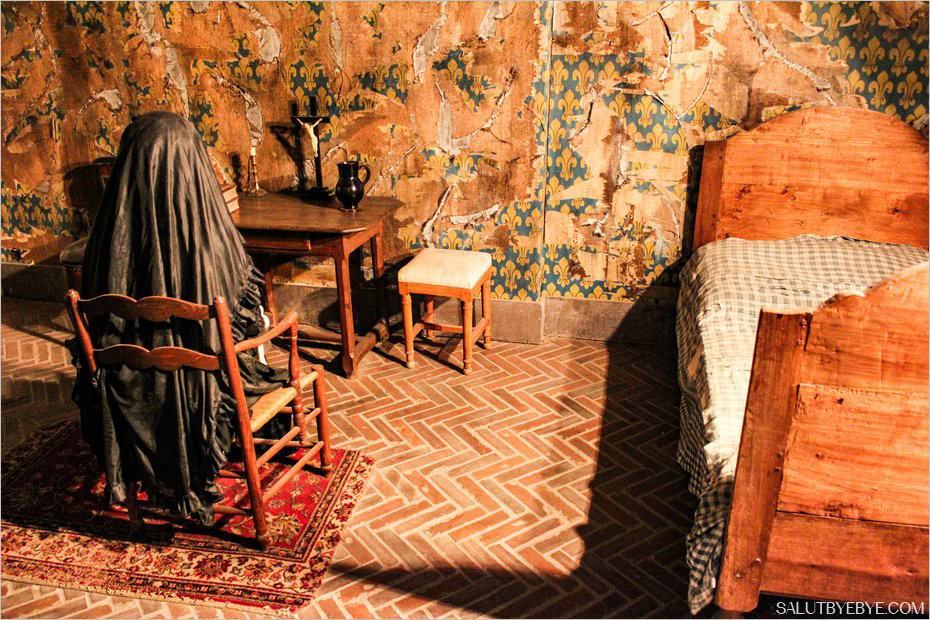
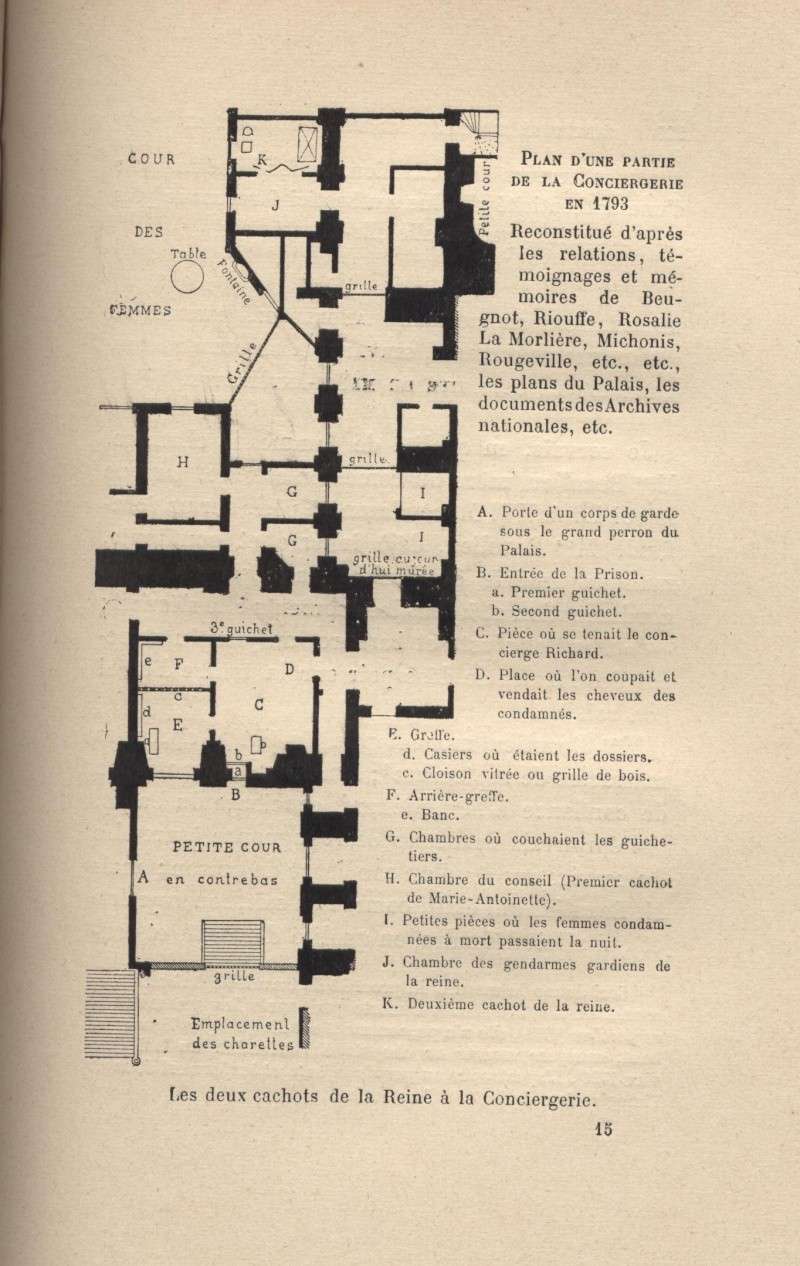
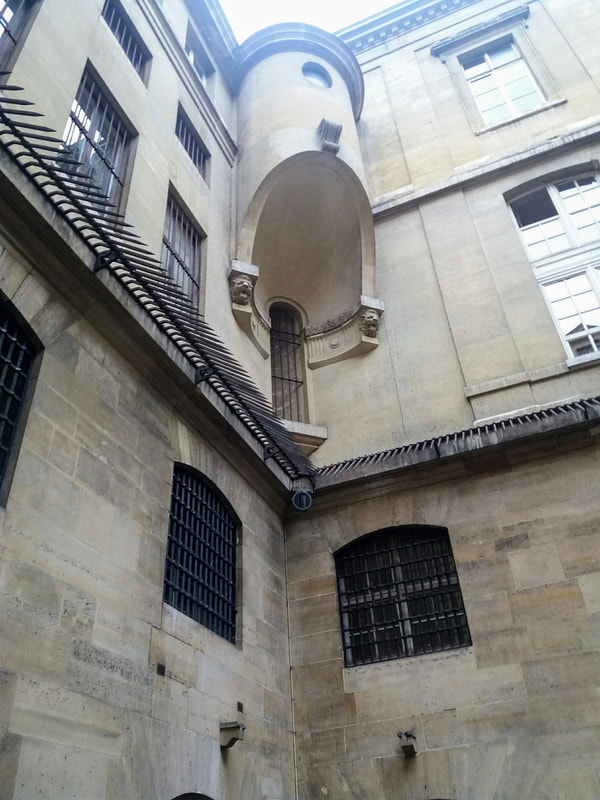

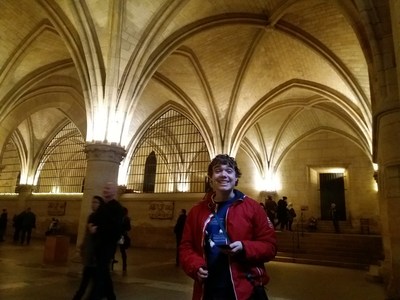

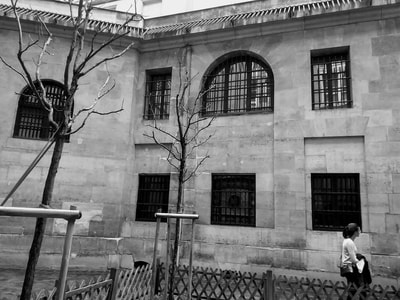
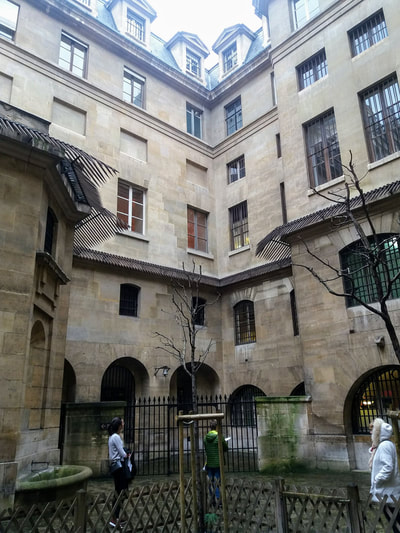

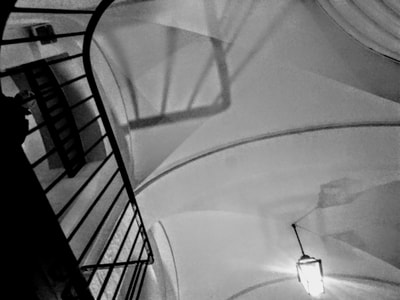
 RSS Feed
RSS Feed